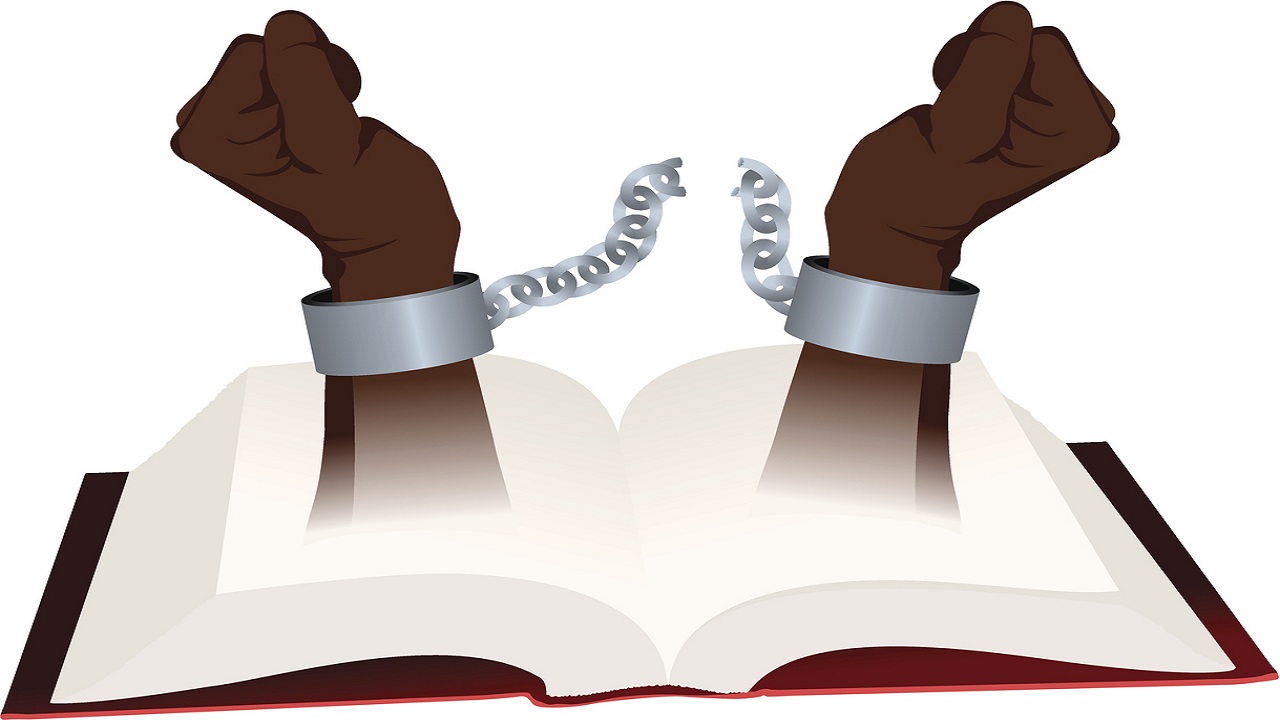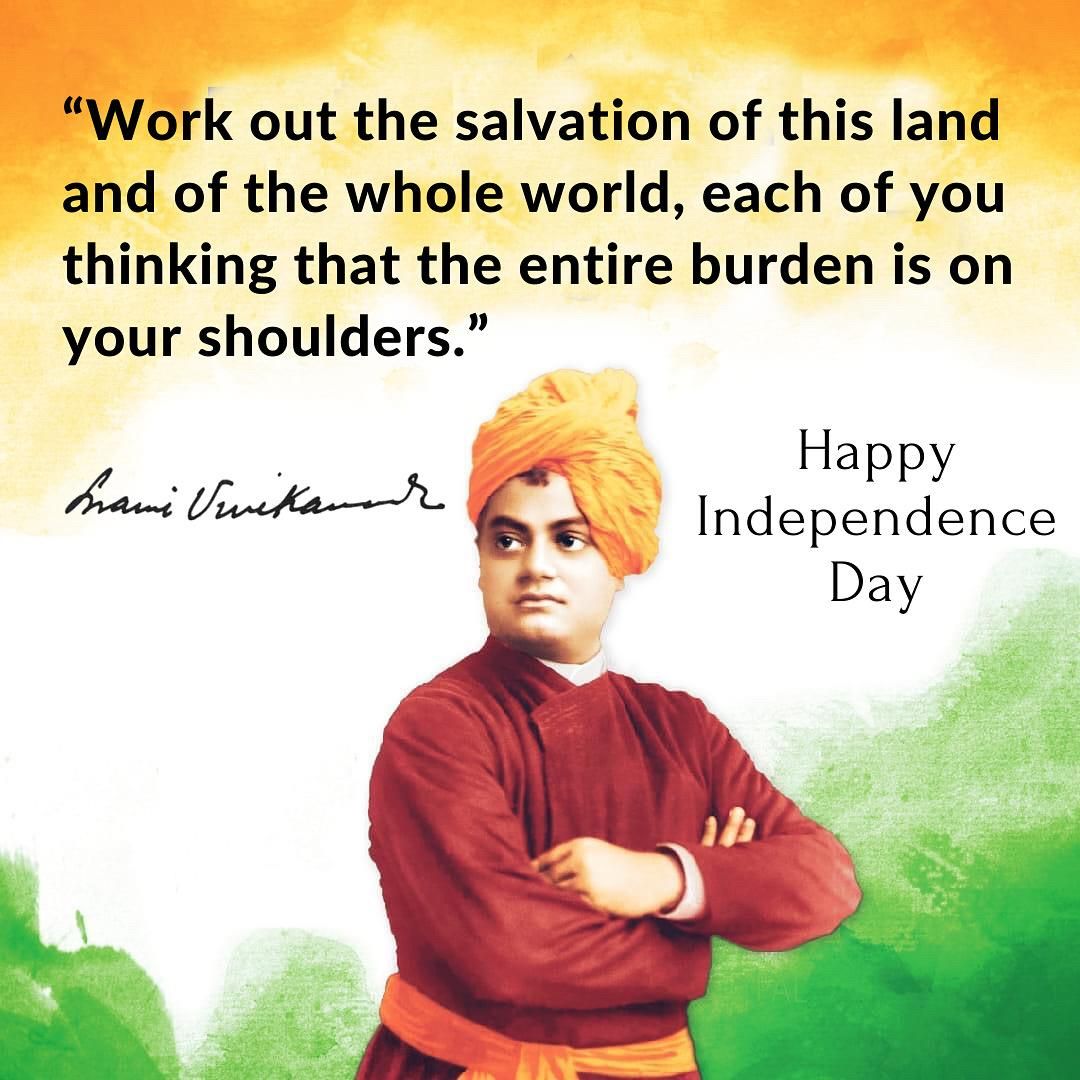
A mental model is often used to make sense of our world. Such models are useful because many real-world issues are incredibly complex – to a degree that our brains find difficult to comprehend. Hence these models are like tool-boxes and help in simplifying our understanding of complex issues. Mental models are of many kinds and their application ranges from philosophy to marketing and military matters to human nature – over almost all disciplines of human endeavour. There are thousands of such models that could apply individually or in combination to a situation. Common examples are ‘The Butterfly Effect’, ‘Natural Selection’, ‘Mutually Assured Destruction’, ‘Zero Tolerance’, ‘Regression to the Mean’ and ‘The Peter Principle’ – just to give the reader an idea of how commonly we use them without even thinking of them as mental models.
Management of dilemmas is something that continuously engages our attention. From individuals to corporations to governments, a large portion of our energies are focussed towards managing dilemmas of various kinds. Whether to send a child to a convent school or a public school, whether to buy this house or that, whether to marry this girl or that, whether to ask for a raise or not, whether to build a spaceship or not, whether to have a nuclear progamme or not and whether to impose international sanctions or not – we are constantly resolving dilemmas. Dilemmas are loaded differently in terms of consequences for choosing among available options and solutions could sometimes be a compromise in certain areas with gains in others. We would be lucky if we were faced with only such dilemmas in life. That, however, is not to be. Some difficult dilemmas have even been given names with which many of us are familiar.
The first is the Hobson’s Choice. This is a free choice in which only one option is offered. The phrase is said to have originated with Thomas Hobson (1544-1631), a livery stable owner in Cambridge, England who offered customers the choice of either taking the horse in his stall closest to the door or taking none at all. This is a ‘take it or leave it’ situation in which the choice is really made in the offer and just needs a ‘Yes or No’ answer. The second is known as the Morton’s Fork. This is a type of false dilemma in which contradictory observations lead to the same conclusion. Under Henry VII, John Morton was made Archbishop of Canterbury in 1486 and Lord Chancellor in 1487. He rationalised a benevolence (tax) of Henry’s by holding that someone living modestly must be saving money and, therefore, could afford the benevolence, whereas someone living extravagantly obviously was rich and, therefore, could afford the benevolence as well. The third is called the Buridan’s Ass. Named after the French philosopher, Jean Buridan, this is an illustration of a paradox in philosophy in the conception of free will. It refers to a hypothetical situation where an ass is placed precisely midway between a stack of hay and a pail of water Since the paradox assumes that the ass will go to whichever is closer, it will die of both hunger and thirst since it cannot think rationally. (Source: Wikipedia).
The COVID 19 pandemic raises a very different dilemma that has an all-encompassing canvas. The outbreak of the virus is extremely difficult to control and has sent individual countries and the world into shutdown. There is no cure and there is no vaccine. Nobody knows very much and even the best of medical and health professionals are groping in the dark and hoping for an early breakthrough. Contagion is rife and people are dying by the thousands every day. India too, is under shutdown for 24 days on the trot. Now, lifting of the lockdown poses a serious dilemma. Life versus livelihood. Economy versus ethics. And all this in the overarching environment of incomplete information. Lift the lockdown and allow huge numbers to die or stay locked in and kill the economy and livelihood of people.
This is what I would like to call ‘Dasu’s Quandary’ (named after me, of course). Some may argue that it is a variation of ‘Buridan’s Ass’ but I would strongly contend that the fundamental parameters are very different. This is an of economic and ethical dilemma monstrous proportions in which we have two different kinds of certain catastrophes staring us in the face and a rational decision has to be made under conditions of incomplete information and inadequate wherewithal. This will also call for Probabilistic Thinking (another mental model) with ‘Bayesian Updating’ (named after Thomas Bayes) where all prior relevant probabilities are incrementally updated as newer information arrives – and perhaps many more.
Easier said than done but decide we must. We will need all our wisdom and intelligence to make the right decision.
17 Apr 20









Dasu’s Quandary is nicely coined and its copyright worth. However for me its dilution of whatever has been taught from basic principles.
For as humans we are afraid of our own race..time and tide has certainly paused and is waiting …none too soon.
The model I’ll take my shorts on is what follows after covid..
#ToNoMan’sLand
Strange but true…!
Fully agree. Difficult decision but in my view a straight forward one. We have to wait out the storm until the worst is over, else the damage to our people and nation may be far worse than recession. Kudos to our adminstrators who hv thrown up several workable models for a phased opening up, such as Bhilwara. But discretion has got to be the better part of valour here. And maybe the economic downslide will force those big bang reforms ala 1991? Hope springs eternal. 🤞
Nice article. I liked the explanation of the various mental models. Dasu’s quandary is indeed the preoccupying dilemma the world is facing today. ‘To open or not to open?? Sadly this isn’t an open and shut case. On one hand the capitalists are crying hoarse about the impending economic catastrophe and about the cure becoming more dangerous than the disease. On the other hand you have the humanitarians who are urging the policy makers to take an operational pause, seek a cure and outlast the pandemic. Of course, it’s a choice between the devil and the deep sea. Damned if you do, and damned if you don’t. The first option would entail desparately trying to revive the economy, reluctantly accepting the casualties in the stride. How many? Despite all the mathematical modelling, nobody has a clue. Meanwhile, in the second option there is one thing we can be reasonably sure about. The deaths would be far lesser. What the future portends for the poor and the unorganised sector is anyone’s guess.
The US federal government gave primacy to the economy. They were in a tearing hurry to get back to work. They said they had the virus under control. They said it’s no more than a flu. They said it would miraculously disappear by April and that that the Americans would fill the pews by Easter’. … and what happened??? By Easter, with more than 2000 deaths daily, unfortunately they had no respite from filling the graves. In the face of such misery, they had no option but to impose mitigating measures. … and as though in an Eureka moment, they suddenly discovered that mitigation measures actually work.
So let’s not jump the gun. It’s common knowledge that our health infrastructure is grossly inadequate for our huge population. So we rather not ride into the valley of death. We could examine a phased shifting of restrictions.
I am no economist. But something tells me mankind will prevail over this pandemic, as it has so many times before. As during the time of the Black Death and the great subsequent recession, the world recovered in due course. Let’s use this time to unshackle ourselves from mindless consumerism. It’s good to reflect and recalibrate our goals. We need to rise above selfish individual pursuits and think of humanity as a whole.
So what could be the possible options going forward?
Physically unplug from the globalised world for the next six months, or until a vaccine/ cure is discovered.
Remain connected through the virtual world.
Utilise the lockdown phase to aggressively get the numbers under control through testing, contact tracing and containment. Kerala is a shining example of the same.
Selectively lift restrictions at the district level.
Restart activities that are critical to basic existence with due safeguards.
Selective isolation of elderly people to the extent feasible (though the efficacy only time will tell).
Seek donations and voluntary contributions to support the poor.
Pay and pension cuts from the salaried to supplement funds for the poor.
While researchers have indicated a timeframe of 12 to 18 months for a vaccine, there is always the possibility of early success. Herd immunity is also a distinct possibility. Another possibility is of the virus running it’s course and making a quite disappearance, like it did during the Spanish Flu from 1917 to 1919.
So it’s only patience that will pay in the given circumstances. Any measures to force the pace may not be without a huge price to pay. How much? We cannot even fathom.
In my view controlling spread of virus is more important as if life survives then rest of activities can be build up if required from scratch. In a hurry to kick-start economic activity we could lose the advantage gained by the complete lockdown. Again some will say either way we are going to perish, however history is witness to many such upheavals (the great flood may be one of them) where those who survived were able to establish a full fledged community with all attendant paraphernalia. I am sure many heads would be presently engaged in finding a way ahead to move on with economic activity. This pause in fast paced life has made many realise that many activities we engage in just to feed our ego and has no relevance what so ever with furthering higher and subtler aspects of life . These aspects can be pursued with bare sustenance but remaining alive is mandatory
Fuzzy logic is the forte of human beings..
We need to accept the attrition rate ..like in any other war…and go ahead with life…taking all medical precautions…funding the hospitals n nursing home
2.No way..can we Lockdown the country any further..
The progress /development have already suffered ….Any further delay..will take us back by centuries…Thank you
This is typical case of damned if you do and damned if you dont.
The Decision maker has a very difficult decision to make in this foggy environment and like said in the article he is in tge Buridans Ass’es state. We should remember thst hindsight is always 6/5 and should not anslyse the right or wrong of todays decisions with tommorows inputs.
Therefore, it is imperative that we all trust the decision maker and cooperate to implement the decision wholeheartetedly, irrespective of how it turns out, or whether we agree with it or not…..because we all will swim or sink together.
No argument with your views regarding the decision-making part. My view is that no presently elucidated mental model fits this case. Hence the suggestion of a new mental model…